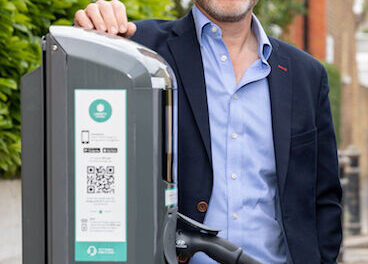 A new report has been published by IET Standards to offer help to local authorities to install better, more cost effective electric vehicle (EV) infrastructure schemes.
A new report has been published by IET Standards to offer help to local authorities to install better, more cost effective electric vehicle (EV) infrastructure schemes.
Reducing the need for expensive consultancy support, the ‘Successfully Implementing a Plug-in Electric Vehicle Infrastructure’ report aims to address current confusion and misunderstandings about how to deploy EV infrastructure.
The report helps local authorities and their strategic partners to optimise their approach to EV infrastructure schemes, plan better, save money and avoid wasted assets. Recognising the need for cost efficiency, the report also provides indicative development costs, with guidance for managing budgets as efficiently as possible.
The report has been developed by sustainable transport and EV infrastructure specialist, Matthew Lumsden, and provides independent and expert technical guidance and practical case studies on all stages of EV infrastructure schemes, including strategy, planning and implementation.
The report, at £750, costs less than one (un-installed) charging point, and represents a cost effective way for transport specialists to source the information they require about the deployment of EV infrastructure, thereby helping them to make best use of their resources. To provide additional value to report purchasers, IET Standards is also offering bespoke, tailored workshops.
Carolyn White, director at IET Standards, said, “Local authorities are under pressure to enhance the sustainability of local transport and are increasingly turning to plug-in electric vehicle infrastructure. This report is a key piece of literature for anyone working in the EV infrastructure arena. It provides solid, reliable technical guidance to help local authorities to avoid common pitfalls, enhance planning and save costs.”
Author, Matthew Lumsden, commented, “Local authorities are taking a lead position in developing recharging infrastructure to support the wider adoption of EVs. However, successful EV schemes depend on targeting infrastructure to key locations, making well informed technical and investment decisions and establishing the right partnerships. If not, authorities could find themselves faced with the cost of installing and maintaining charge points that are left unused. By sharing case studies and lessons learned from other projects, I’ve tried to provide real life insight into key planning and implementation themes.”
The report, ‘Successfully Implementing a Plug-in Electric Vehicle Infrastructure’ is available at www.ietstandards.com/ev-report. Purchase a copy of the report by 31st August to claim ten percent off.



